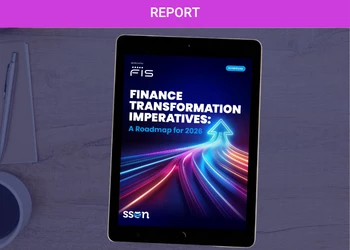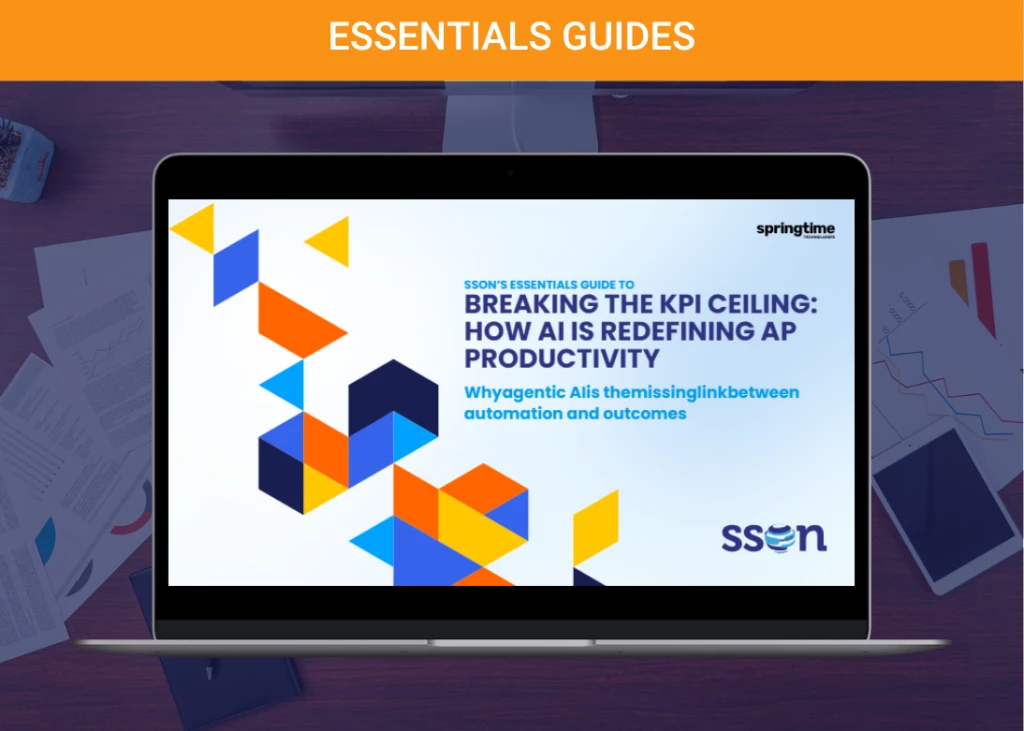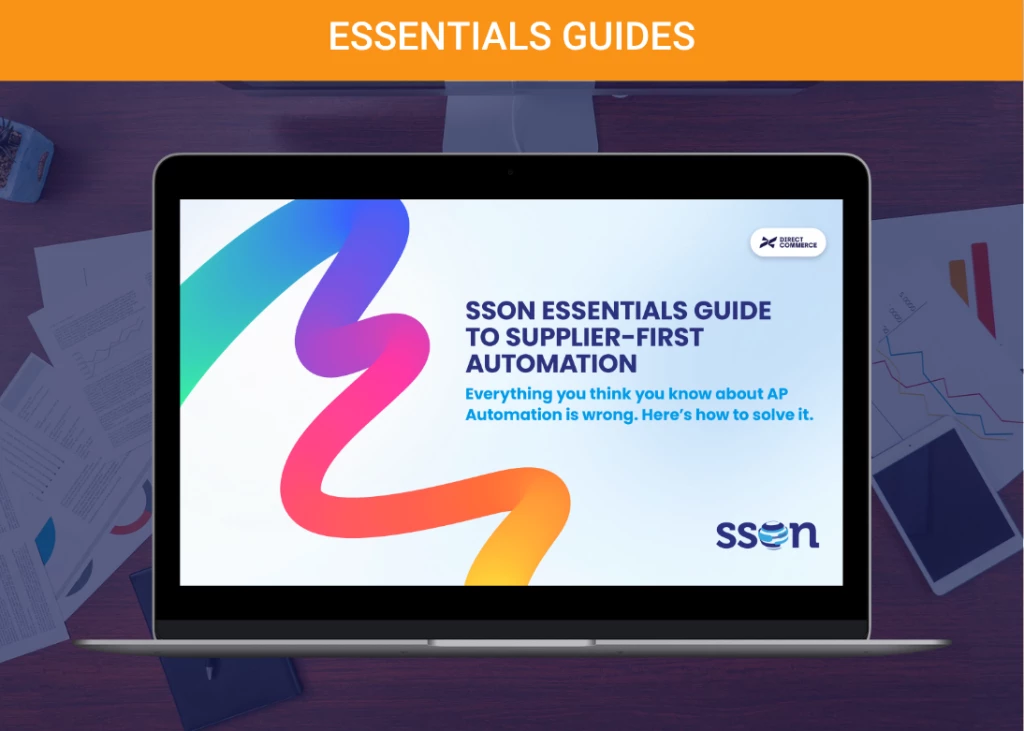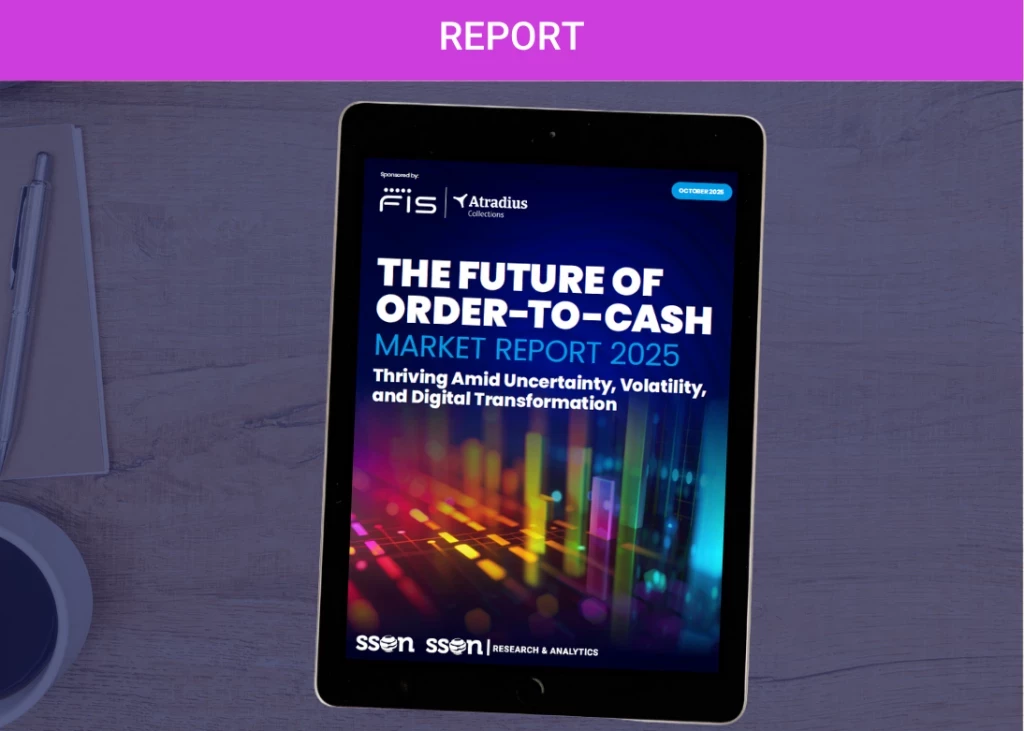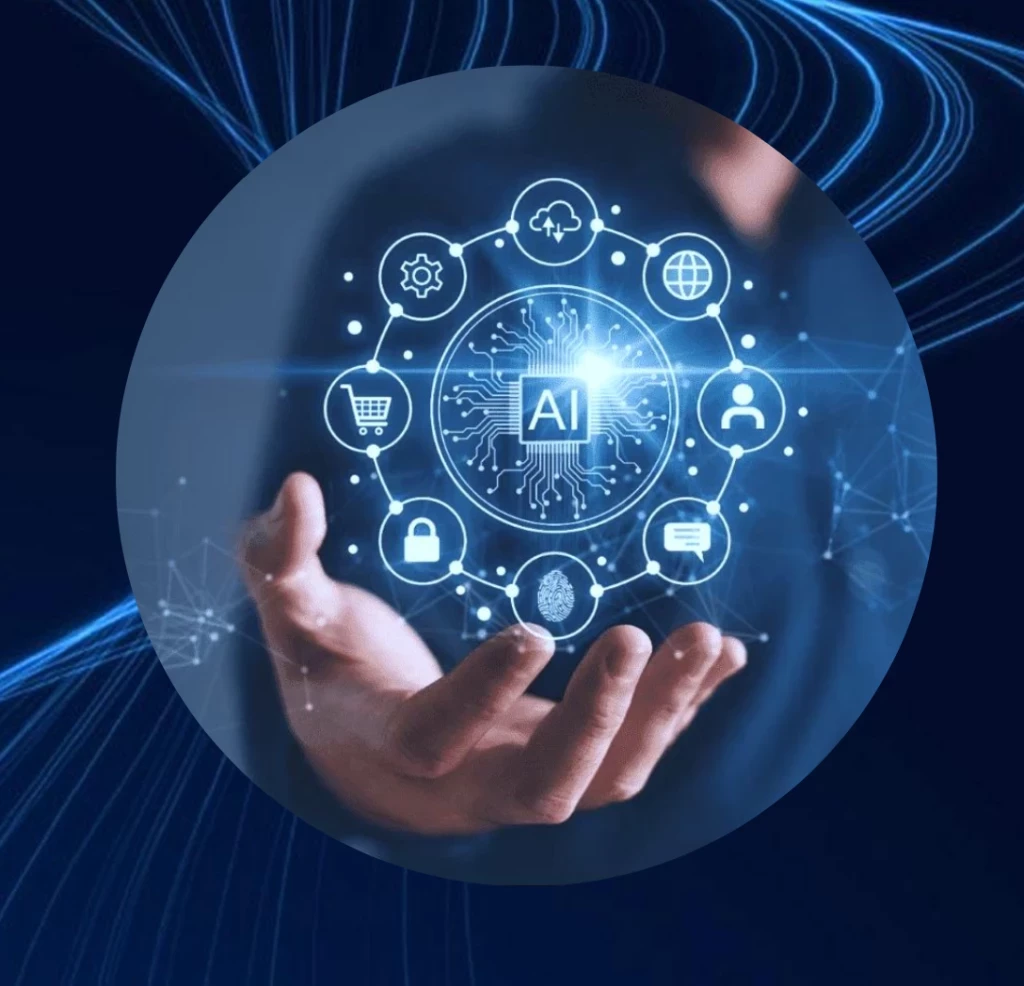
A quick Google search returns 138 million results. (Just two weeks ago I did the exact same Google search and got 133 million results – that’s a 4% increase in 2 weeks!) Many people will say IA is RPA (Robotic Process Automation), AI (Artificial Intelligence), machine learning, or bots (chat, agent, web, etc). Those are all aspects of IA, but Intelligent Automation is far more than this alphabet soup of components.
Before we look in more detail at what IA is, it’s important to understand what it isn’t. Just because something is automated doesn’t mean it’s intelligent. An article in Forbes (11/14/19) summed it up well, “Automation is Not Intelligence”. Just because you implement a system, or deploy an RPA robot, doesn’t mean you’ve even scratched the surface of Intelligent Automation.
Despite what any number of vendors and trending articles would have you believe, IA is not:
- a magic wand to achieve business process improvement and transformation;
- a quick fix for bad processes, aging and mish mashed core systems, or
- a hodge-podge of bolted on adjunct applications;
- a solution for misaligned data or GIGO (Garbage In, Garbage Out);
- a panacea for missing or poorly defined policies;
- a one and done solution to improve profitability and corporate malaise.
Saying you’ve implemented Intelligent Automation doesn’t mean that you’ve actually achieved beneficial outcomes. IA is not putting a tick in the box, and then declaring success.
I recently saw a post on LinkedIn advertizing a half day workshop. Attendees would “learn about Intelligent Automation”, “create a robot”, and come away “with an RPA strategy”. All in a morning, complete with coffee breaks and lunch!
IA and RPA may be the snake oil and golden elixir of the 2020’s. Beware of the traveling medicine show!
So what is IA?
Intelligent Automation is a holistic approach for business transformation, a means to enable a company to organize and optimize complex data and provide meaningful analytics, and a vehicle to deliver digital solutions for business processes and tasks.
IA is a detailed and comprehensive strategy to transform business operations, processes, and organizational design.
It is a convergence of process redesign, systems and solutions, and organization efficiency.
IA absolutely does include components such as Robotic Process Automation (RPA), Machine Learning, Natural Language Processing, and Artificial Intelligence (AI). These tools, robots, GUIs, chat (and other) bots, etc. are part of a broader IA solution. But, as with most things, the whole of Intelligent Automation is greater than the sum of the parts.
So what typically comprises an Intelligent Automation program?
- Business process and workflow redesign and automation, sometimes called “smart workflow”;
- Data cleansing and normalization to support analytics;
- Robotic Process Automation of repetitive, predictable, and lower value tasks;
- Application of machine learning and advanced analytics, using supervised and unsupervised algorithms to identify both patterns and outliers;
- Integration of IA components with existing legacy systems;
- Redefining policies to support the new ways of working;
- A thorough and well defined Business Case, with agreed outcomes, goals, and full engagement with all stakeholders and work streams;
- Organization restructuring to leverage the economies of the automation, and focus resources on high value tasks and deliverables; and,
- Ongoing governance, oversight, and structured program monitoring to enable continuous improvement and monitor success.
Intelligent Automation is a journey that requires a commitment of resources, thoughtful leadership, and governance. It’s not for faint of heart, absentee management, or companies with short attention spans. The scope and goals need to be agreed as part of an approved Business Case.
Remember, if you don’t have a destination, any road will get you there.
The link to procurement
So: Why does the distinction between what IA is and isn’t matter? And what does that mean for procurement?
Procurement and Source-to-Pay (S2P) are prime candidates to benefit from IA, and are often targeted by companies as “first up” for automation projects. Procurement leaders need to be proactive, however, and take the initiate to help drive the IA strategy and guide how it’s implemented for S2P.
In order to start to build a meaningful digital strategy that incorporates Intelligent Automation, procurement needs to understand what the desired outcomes and end state would look like for the company as a whole, and what’s not in scope.
Then, and only then, can you start to develop a plan for specific use cases and implementations for procurement and S2P.
A Question:
"To what extent has your organization embarked on an IA journey that missed the definition of what IA actually is? And what has it cost you?"



















